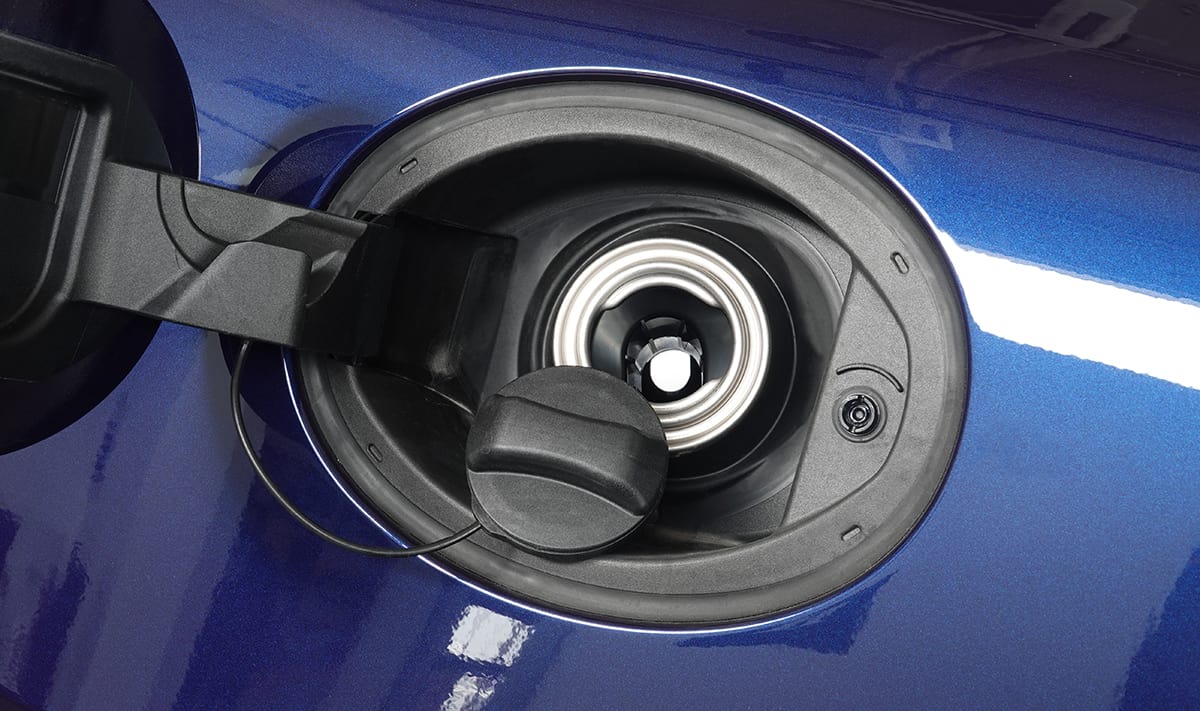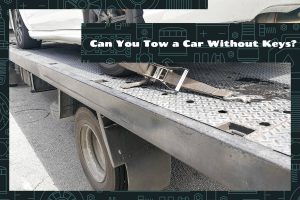You’re driving down the road, but suddenly your car starts to sputter and stall. You pull over and pop the hood, only to discover that water has somehow made its way into your gas tank. It’s a frustrating and potentially costly problem that can wreak havoc on your vehicle’s engine. Fortunately, there are additives available that can help remove the water and restore your car’s performance.
Here are some of the most notable additives that can help you get rid of water from your car’s gas tank:
- ISO-HEET Water Remover
- STP Water Remover
- BG Ethanol Fuel System Drier
- Sea Foam SF-16 Motor Treatment
- Red Line 60302 Fuel System Water Remover
- K-100 MG All-in-One Gasoline Fuel Treatment
In this guide, we’ll go over what each water remover additive has to offer. I’ll also explain how to tell whether water leaked into your car’s gas tank.
Best Additives to Remove Water from Gas Tanks
ISO-HEET Water Remover
Iso-HEET Water Remover is a premium fuel-line antifreeze, water remover, and injector cleaner produced by Gold Eagle Co. It is specially designed to absorb up to five times more water than regular gas dryers and can be used year-round in all 2 and 4-cycle gas and diesel engines.
This product helps prevent rust and corrosion by removing water from gas or diesel fuel. It comes in an easy-to-pour 12-ounce bottle and treats up to 20 gallons of fuel. Directions for use involve pouring the entire contents of the bottle into the tank before or after fueling.
Gold Eagle Co. is a privately held company that has been an industry pioneer in producing and distributing aftermarket fluids and additives for over 75 years.
2. STP Water Remover
STP Water Remover
STP Water Remover is an effective fuel additive that protects vehicles from water freezing inside the fuel tank during cold weather and prevents condensation from forming during warmer months. This versatile product is designed to operate in most conditions and encourages the engine to operate at its best by removing rust and ensuring that the fuel injectors are clean.
To use, simply pour the entire bottle of STP Water Remover into a gas tank that is at least half full. The bottle contains enough additives for one treatment.
STP has been a trusted brand in the automotive industry for over 60 years, and its water remover is a reliable solution for maintaining optimal engine performance.
BG Ethanol Fuel System Drier
BG Ethanol Fuel System Drier is a professional-use product that protects engines from the harmful effects of water accumulation in ethanol-blended fuel.
Ethanol-blended fuel is hygroscopic, meaning it absorbs moisture, which can cause corrosion on fuel system components, erratic engine operation, and microorganism growth that plugs fuel filters.
BG Ethanol Fuel System Drier, PN 281, holds the water drawn in by ethanol in suspension, forming a stable solution that allows the water to pass through the fuel system with no harm to combustion. This product defends engines against water-related damage and ensures optimal engine performance.
4.
Sea Foam SF-16 Motor Treatment
Sea Foam SF-16 Motor Treatment is a 16oz motor tune-up kit that helps keep gas and diesel engines running efficiently. Made of 100% pure petroleum and registered with the EPA, this product cleans fuel injectors and carburetor passageways while also lubricating upper cylinders.
It works by liquefying gum, varnish, and other internal engine contaminants. Additionally, Sea Foam stabilizes gas and diesel fuels for up to two years, making it an ideal choice for those who store their equipment for extended periods.
Trusted by mechanics since 1942, Sea Foam is a brand that provides safe and effective solutions for engine maintenance.
Red Line 60302 Fuel System Water Remover
Red Line 60302 Fuel System Water Remover is a high-quality auto accessory designed to remove water from diesel or gasoline fuel systems. This product, which was manufactured in the USA, is able to treat up to 250 gallons of fuel, evenly distribute water throughout the fuel, and lower the freezing point of water to zero degrees Fahrenheit.
It also provides superior fuel lubrication for both diesel and gasoline engines. This product’s innovative formula makes it a must-have for anyone who drives, as it eliminates the risk of costly engine damage from condensation and freezing in the fuel system with minimal effort.
K-100 MG All-in-One Gasoline Fuel Treatment
K-100 MG Fuel additives like All-in-One Gasoline Fuel Treatment can meet the treatment requirements of both diesel and gasoline engines. It’s a multipurpose fuel additive treatment that does a little bit of everything.
K-100 is unlike any other fuel treatment on the market because it completely emulsifies water molecules in your fuel tank so that they can be burned off in your engine. And it can keep your fuel fresh for up to two years past its expiration date.
Since its introduction 50 years ago, K-100 has become a standard in the industry of fuel additives.
How Does Water Get In Your Car’s Gas Tank?

Water can find its way into your car’s gas tank in a variety of ways. Here are some of the most common ways:
- Temperature changes outside can cause the metal gas tank to expand and contract while your car is parked. The tank’s ability to generate a vacuum depends on the prevailing temperature. This can draw in moist air, which can then condense on the tank’s interior to form droplets that accumulate and contaminate the fuel.
- Unfortunately, the gas station itself can be a source of water contamination for your vehicle’s fuel tank. There is a risk of getting water or moisture in your gas tank from the gas station’s storage tanks.
- Water can be introduced into the fuel supply chain by fuel delivery trucks. In the event that water or moisture is present in the fuel delivery truck’s tanks or hoses, it may find its way into the fuel and eventually into your vehicle’s gas tank.
- It is possible for water to enter your car’s gas tank if it has a crack or hole.
- Water can get into your car’s gas tank if the fuel pump is broken. Water can get into the tank if the fuel pump’s seal is broken or worn.
Signs of Water in the Gas Tank
There are a number of signs and symptoms that indicate water has made its way into a gas tank, and the amount of water in the tank determines how severe those signs and symptoms will be. Some common indications of water in a gas tank include:
- The reduced quality of fuel caused by the presence of water in the fuel tank can cause engine misfires or a rough running engine.
- If there is water in the gas tank, the engine may be difficult to start. Wet spark plugs can make it difficult to start the engine.
- Having water in the gas tank can make the car’s engine suddenly stop working. This takes place due to the fact that water does not burn as efficiently as gasoline and can clog the fuel injectors, thereby reducing the amount of fuel reaching the engine.
- If there is water in the fuel tank, the engine may not be able to accelerate as quickly or as forcefully. The engine’s output may suffer if the water impedes the combustion process.
- Water in the fuel tank can reduce fuel economy, causing the car to burn more fuel than usual to run.
- If there is water in the fuel tank, the engine may make knocking or pinging noises. It’s possible that the water is preventing proper combustion from taking place, which is what’s causing the noises.
How Do Water Removers Work?
These additives either form chemical bonds with the water molecules in the fuel or emulsify the water into smaller droplets that are then able to dissolve into the fuel.
There will be instant results after adding the water remover additive to the fuel tank, as it will begin to evaporate any water that has made its way into the fuel. After the water is absorbed by the additive or emulsified, it can be safely burned off with the fuel in the engine.
In addition to removing water from the fuel, some water-remover additives also have properties that protect the fuel system from corrosion, enhance fuel economy, and boost power. Antioxidants keep fuel from degrading over time, while detergents keep fuel injectors clean. Lubricants keep the engine running smoothly.
How Often Should You Use a Water Remover Additive?
The amount of water that your fuel tank is exposed to, the quality of the fuel you use, and the weather where you live are just a few of the variables that affect how often you should use a water remover additive.
If you live in a particularly humid or rainy area or if you frequently drive through wet conditions, it is highly recommended that you use a water remover additive every time you fill up your gas tank. If there is any water in your fuel tank, this will help get rid of it quickly and efficiently so it doesn’t harm your engine.
However, you may be able to reduce the frequency with which you add a water remover additive if you either rarely drive in wet conditions or use premium fuel. Be sure to use the product in accordance with the directions provided by the manufacturer.













